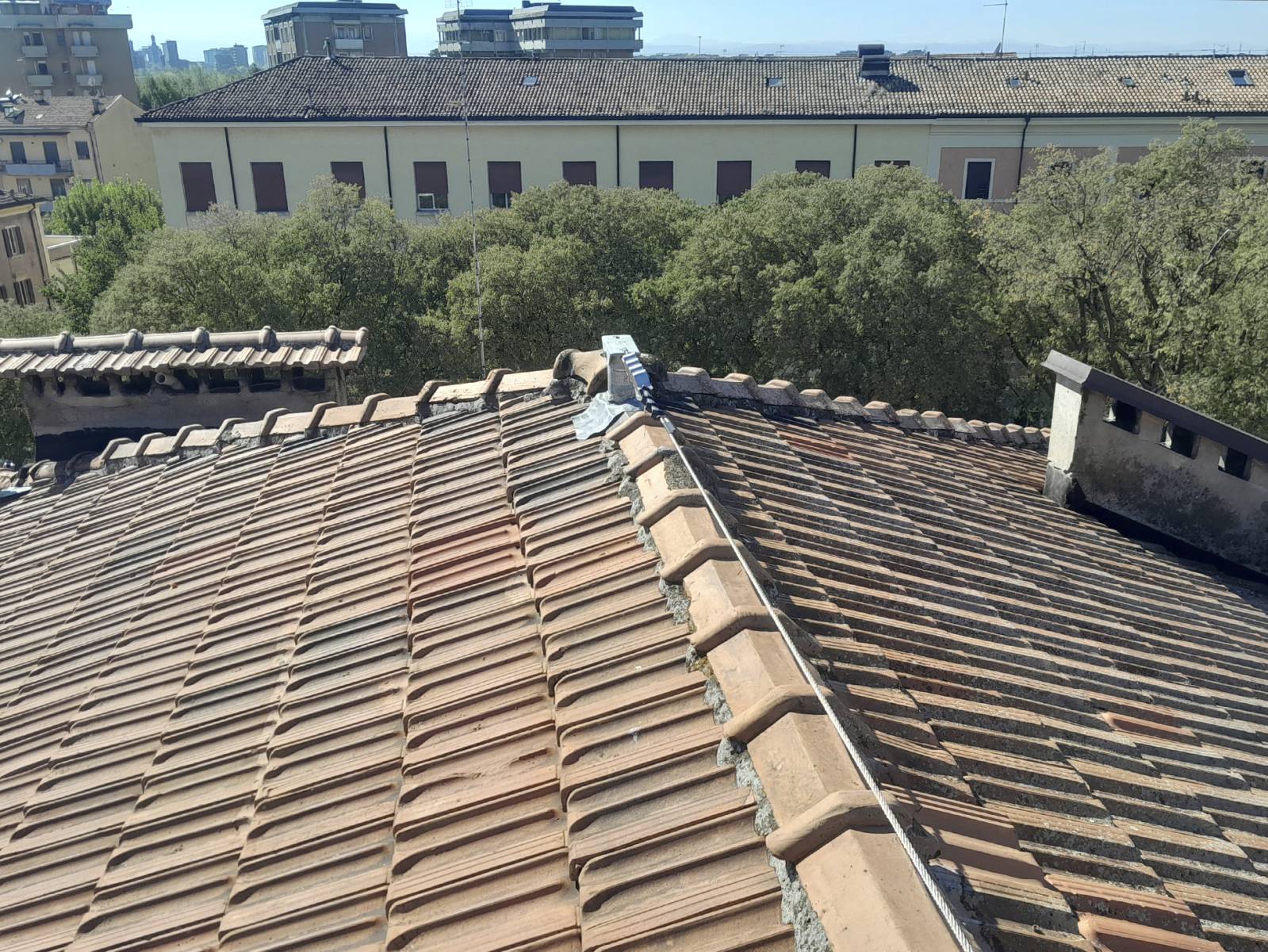

Today, more and more condominium roofs are equipped with permanent fall arrest systems, such as lifelines, anchors, and guardrails. These devices are essential for allowing workers at height to perform their work in complete safety, in compliance with national and regional laws, and also to protect management from severe legal consequences in the event of an accident.
Caution: simply installing these systems is not enough. The client and responsible administrator must know how to operate and maintain them, and have the necessary supporting documentation. A single fall from a height can turn a maintenance job into a legal nightmare.
Here are some basic rules to follow to properly manage lifelines and ensure the safety of residents, workers, and administrators.
Legislative Decree 81/2008 - https://www.sicurpal.it/it/leggi-e-norme/leggi-nazionali/ - requires all work at heights above 2 meters to be secured. It recommends using a collective system, such as a parapet, but where this is not possible, a permanent lifeline should be installed. If work is carried out on the roof without scaffolding or parapets, a fall arrest system is mandatory.
Furthermore, several Italian regions – https://www.sicurpal.it/it/leggi-e-norme/leggi-regionali/ – have introduced regulations making the installation of fixed lifelines mandatory for new roofs or major renovations.
In practice: if you're redoing your roof or plan periodic roofing work, a lifeline isn't optional: in addition to being mandatory, it's an investment in safety and peace of mind.
An installed and forgotten lifeline is useless: over time, the fixings can loosen, the materials corrode, and an unmonitored system can become dangerous and unreliable.
UNI 11560 standards and the Consolidated Safety Act require periodic and extraordinary inspections, to be performed only by qualified technicians. System inspections must be performed at least every two years, or as indicated in the fall arrest system design, by a qualified engineer. Skipping the inspection to save a few euros can be costly, including criminal prosecution.
An often overlooked aspect: keeping track of who accesses coverage. Each intervention must be recorded with the date, name, and reason for access.
This isn't just common sense: it's a way to ensure safety, prevent abuse, and determine whether the lifeline has been used correctly or subjected to stress. To this end, Sicurpal has enhanced its system use and maintenance manual with an access log.
A “compliant” lifeline is not only one that is well fixed to the roof, but also one that is correctly documented.
Here's what you shouldn't miss:
This documentation must be kept and updated: it is what protects the professionals involved in the event of inspections or, worse, accidents.
Sicurpal ensures complete, regulatory-compliant documentation packed with practical information for every professional involved.
Legislative Decree 81/2008 provides criminal and financial penalties for violations of the client's obligations, i.e., the administrator's. And in the event of a serious or fatal accident, charges of manslaughter are at risk, with sentences of up to prison and millions of dollars in compensation.
Case law is full of real-life cases: administrators convicted for choosing unsuitable contractors or for failing to supervise worksites. Safety is not a luxury; it's a legal and ethical obligation. Trust reputable and reliable manufacturers of fall arrest systems; Sicurpal has been providing safety at heights for 28 years.